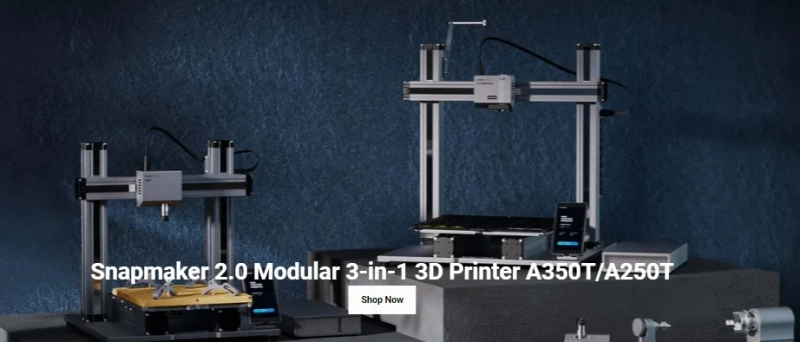Introduction
Engraving is generally the process of cutting or carving designs into different materials.
A little bit of history, from way back, engraving was used as a way to decorate stones using other stones, and the process gradually developed to engraving complex seals onto stones and precious gems.
In the 1400s, engraving became essential in recreating documents and artwork as pieces of wood were carved, and the raised portions would be coated in ink or paint and pressed into paper or cloth to duplicate the image.
Much like today, old-age engraving was used to design artworks and decorations. With the rise of powerful technologies and the invention of computers, engraving became more manageable, faster, and a source of printing.
What is Laser engraving?
Laser engraving is the process of cutting or carving designs into different types of materials using super-focused laser beams. Although some lasers can be harmful, they are more often helpful tools that perform simple, harmless tasks.
Why are laser beams harmful? First, you may ask, the wavelength of a laser beam can be focused on a specific point; if more energy is added, it can cut through any material.
The word laser is actually an acronym for Light Amplification by Stimulated Emission of Radiation; this simply means light is concentrated repeatedly to create a powerful beam.
What is a 3D laser engraver, and how does it work?
A 3D laser engraver is a machine designed to engrave designs on flat materials at many different depths to create a realistic three-dimensional rendering. The machine differentiates between the darker and the lighter area of the materials, and the darker part receives much of the power.
You can engrave several materials using the 3D laser engraver like plywood, leather, fabric, hardwood, paper, and even MDF.
Some lasers engrave, like how ink printers print on paper; they are mounted on a track and make passes over the desired engraving area. One advantage of this kind of laser engraving 3D printer is that it covers a broader area.
Other 3D laser engravers focus on a smaller surface area and are stationary; this type of laser engraving 3D printers tend to engrave faster at higher powers.
For most parts, 3D laser engravers have several different processes, but basically, the design is keyed in computer software like the Snapmaker Luban software, the material to be engraved on placed within the tray, and the laser engraving 3D printer is correctly focused on the material. Then the machine activates the laser, and the work begins.
The Snapmaker 10W 3D laser engraver.
Some of the Laser engraving 3D printers can not only laser engrave but also laser cut, and the 10W Snapmaker laser module is your number one go-to machine for this job.
This new high-power laser machine is an addon that supports more than 20 kinds of materials for engraving and more than 10 for cutting. And apart from the original Snapmaker laser abilities, this new laser module is equipped with the most cutting-edge laser beam splitters, effecting a power leap from 5W to 10W.
Technically, its cutting speed is up to 8 times that of the 1600W Snapmaker laser module, fulfilling a laser job quicker than usual.
It comes with a wide-angle HD camera auto-focus, and camera capture in one takes your material and gives you an instant preview of your laser job on the material in Luban software, making your work completely hassle-free.
Furthermore, this 3D laser engraver module has a gyro sensor for safety purposes, ensuring that no laser beam comes out if it is incorrectly installed or deviates from its designated position.
The 10W high-power laser module should continuously be operated with a Snapmaker 2.0 enclosed cover since it's a class 4 laser product.


